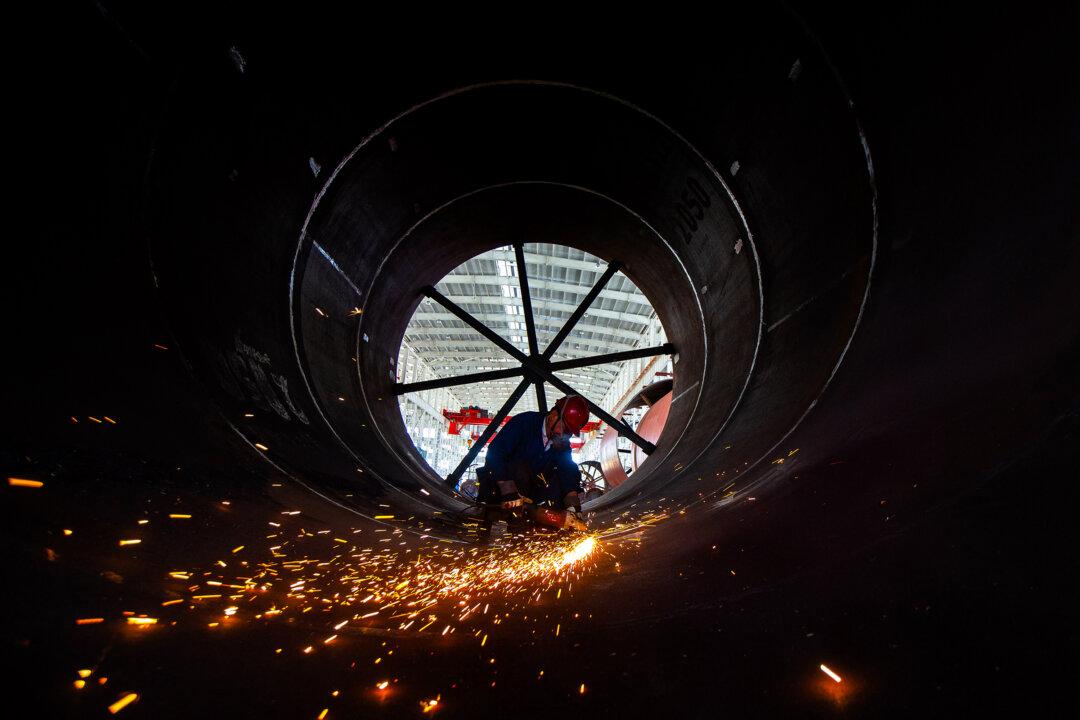Commentary
The Chinese economy is suffering through a difficult year. After the COVID-19 lockdowns in 2022, analysts widely expected a buoyant 2023 with pent-up consumer demand and real estate to boost China’s economic prospects.

The Chinese economy is suffering through a difficult year. After the COVID-19 lockdowns in 2022, analysts widely expected a buoyant 2023 with pent-up consumer demand and real estate to boost China’s economic prospects.